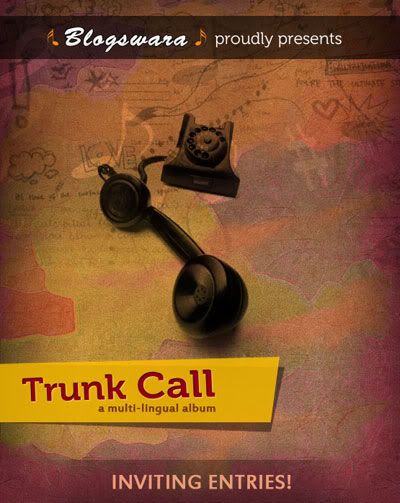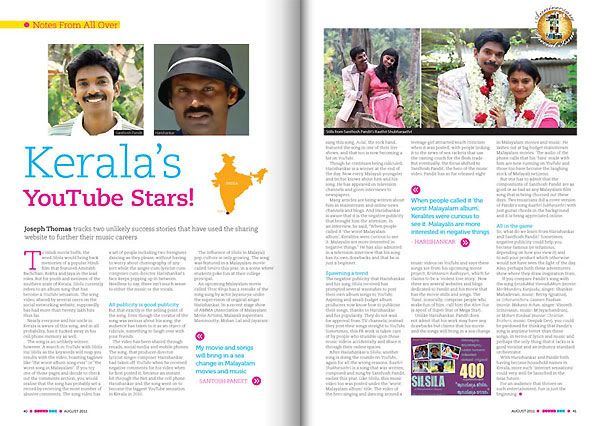
[This feature was first appeared on Sound Box, music industry magazine, in it’s special anniversary issue in August 2011]
To Hindi movie buffs, the word ‘Silsila’ would bring back memories of a popular Hindi film that featured Amitabh Bachchan, Rekha and Jaya in the lead roles. But for youth and netizens of the southern state of Kerala, “Silsila” currently refers to an album song that has become a YouTube sensation. The song video, shared by several users on the social networking website, supposedly has had more than twenty lakh hits thus far.
Nearly everyone and his uncle in Kerala is aware of this song, and in all probability, has it tucked away in his phone’s memory as well.
The song is an unlikely winner, however. A search in YouTube with ‘Silsila Hai Silsila‘ as the keywords will reap you results with the video, boasting taglines like “the worst album song ever” or “the worst song in Malayalam“. If you try one of those pages and decide to check out the comments section, you would realise that the song has probably set a record by receiving the most number of abusive comments. The song video has a set of people including two foreigners dancing as they please, without having to worry about choreography of any sort while the singer-cum-lyricist-cum–
All publicity is good publicity
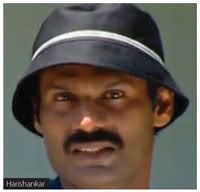 But that exactly is the selling point of the song. Even though the creator of the song was serious about his song, the audience has taken to it as an object of ridicule, something to laugh over with your friends.
But that exactly is the selling point of the song. Even though the creator of the song was serious about his song, the audience has taken to it as an object of ridicule, something to laugh over with your friends.
The video has been shared through emails, social media and mobile phones. The song, that the producer-director-lyricist-
The influence of Silsila in Malayali pop-culture is only growing. The song was featured in a Malayalam movie called “Seniors“, in a scene where students poke fun at their college principal. An upcoming Malayalam movie called “Three Kings” has its remake of the song sung by actor Jayasurya under the supervision of original singer Harishankar. In a recent stage show of AMMA (Association of Malayalam Movie Artists), Malayali superstars Mammootty, Mohan Lal and Jayaram sang this song. Avial, the rock band, featured the song in one of their live shows, and that too is now becoming a hit on YouTube.
Though he continues being ridiculed, Harishankar is a winner at the end of the day. Now every Malayali youngster and techie knows about him and his song. He has appeared on television channels and given interviews to newspapers. Many articles are being written about him in mainstream and online news channels and blogs. And Harishankar is aware that it is the negative publicity that brought him the attention. In an interview, he said, “When people called it ‘the worst Malayalam album’, Keralites were curious to see it. Malayalis are more interested in negative things.” He has also admitted in a television interview that his song has its own drawbacks and that he is just a beginner.
Spawning a trend
 The negative publicity that Harishankar and his song ‘Silsila’ received has prompted several wannabes to post their own album songs to YouTube. Aspiring and small-budget album producers now know how to publicise their songs, thanks to Harishankar and his popularity. They do not wait for approval from TV channels; instead they post their songs straight to YouTube. Sometimes this PR work is taken care of by people who stumble upon these music videos accidentally and share it through their online spaces.
The negative publicity that Harishankar and his song ‘Silsila’ received has prompted several wannabes to post their own album songs to YouTube. Aspiring and small-budget album producers now know how to publicise their songs, thanks to Harishankar and his popularity. They do not wait for approval from TV channels; instead they post their songs straight to YouTube. Sometimes this PR work is taken care of by people who stumble upon these music videos accidentally and share it through their online spaces.
After Harishankar’s “Silsila”, another song is doing the rounds on YouTube, again for all the wrong reasons. “Raathri Shubharaathri” is a song that was written, composed and sung by Santhosh Pandit. Like “Silsila”, this music video too was posted under the ‘worst Malayalam album’ title. The video of the hero singing and dancing around a teenage girl attracted much criticism when it was posted with people linking it to the news of sex rackets that use the casting couch for flesh trade. But eventually, the focus shifted to Santhosh Pandit, the hero of the music video. Pandit has so far released eight music videos on YouTube and says these songs are from his upcoming movie project, “Krishnanum Radhayum”, which he claims to be a ‘violent love story’. Now there are several websites and blogs dedicated to Pandit and his movie that has the movie stills and songs. The ‘fans’, ironically, comprise people who make fun of him, call him the Alien Star (a spoof of Super Star or Mega Star).
Unlike Harishankar, Pandit does not admit that his work may have any drawbacks but claims that his movie and the songs will bring in a sea change in Malayalam movies and music. He lashes out at big budget mainstream Malayalam movies. The audio of the phone calls that his ‘fans’ made with him are now running on YouTube and those too have become the laughing stock of Malayali netizens. But one has to admit that the compositions of Santhosh Pandit are as good as any Malayalam film song that is being churned out these days. Two people did a cover version of Pandit’s song “Raathri Subharaathri” with just guitar chords in the background and it is being appreciated online.
All in the game
So, what do we learn from Harishankar and Santhosh Pandit? Sometimes negative publicity could help you become famous (or infamous, depending on how you view it) and to sell your product which otherwise would not have seen the light of the day. Also, perhaps both these adventurers show where they draw inspiration from. If you compare Pandit’s song with the song “Entadukkal Vannadukkum” (movie: Merikkundoru Kunjaadu, singer: Shankar Mahadevan, music: Berny-Ignatius), or “Othorumichoru Gaanam Paadaan” (movie: Makante Achan, singer: Vineeth Srinivasan, music: M Jayachandran), or “Moham Kondaal” (movie: Christian Brothers, music: Deepak Dev), it will make you think that Pandit’s song is anytime better than these movie songs in terms of lyrics and music and perhaps the only thing that it lacks is a good vocalist and an industry-standard orchestrator.
With Harishankar and Pandit both having become household names in Kerala, more such ‘internet sensations’ could very well be launched in the near future. For an audience that thrives on such entertainment, the fun is just beginning.
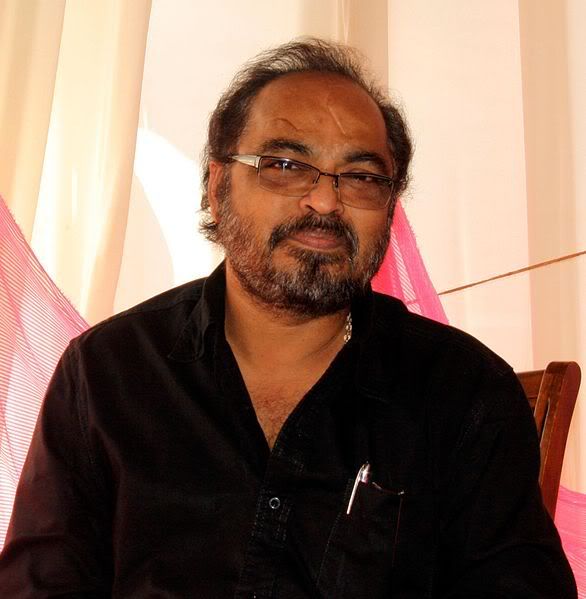

 These musical meets sometimes have a central theme. If Ek sham Bhoole Bisre Geet ke naam was about celebrating retro Hindi film songs, they had two musical meets dedicated to the legendary composer
These musical meets sometimes have a central theme. If Ek sham Bhoole Bisre Geet ke naam was about celebrating retro Hindi film songs, they had two musical meets dedicated to the legendary composer  They meet twice a month to jam with other musicians. “Usually they have to wait for once-ayear community events organised by Indian regional communities where they hardly get a chance to sing a song due to the time constraints. We thought it would be helpful to create a consistent opportunity to perform where it could benefit the existing and the new musicians who relocate to Los Angeles to get the exposure they deserve,” Roshni says.
They meet twice a month to jam with other musicians. “Usually they have to wait for once-ayear community events organised by Indian regional communities where they hardly get a chance to sing a song due to the time constraints. We thought it would be helpful to create a consistent opportunity to perform where it could benefit the existing and the new musicians who relocate to Los Angeles to get the exposure they deserve,” Roshni says.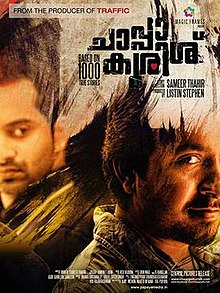 ‘
‘

